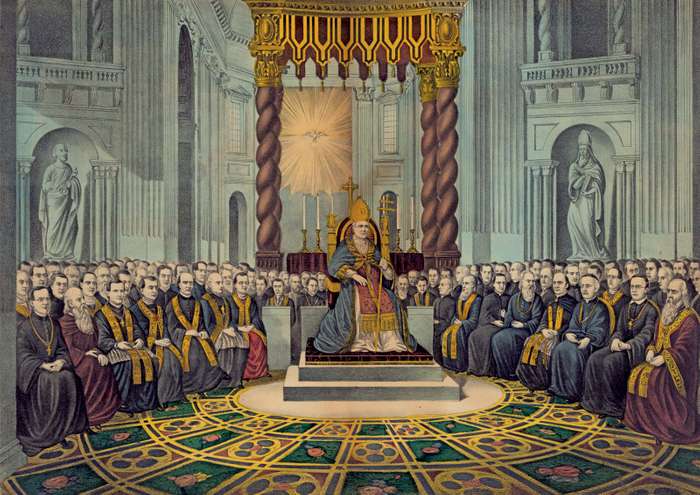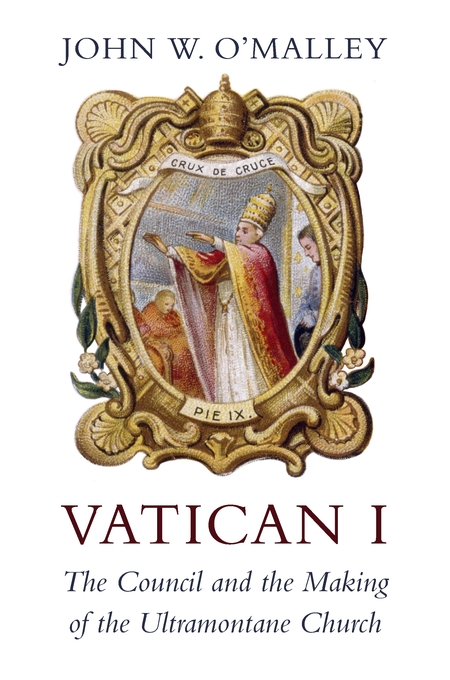At first glance, it seems like a cannibalistic gesture, even if it is addressed to God and not to a human being. Yet it is the quintessence of Roman Catholicism. We are talking about “eating God,” an act that is at the heart of the Roman Catholic understanding of the Eucharist. Can Roman Catholicism really be thought of as the religion of “eating God”? Matteo Al-Kalak, professor of modern history at the University of Modena-Reggio, explores this question is in his latest book, Mangiare Dio. Una storia dell’eucarestia (Turin: Einaudi, 2021; Eating God. A History of the Eucharist).
The book is a history of the Eucharist from the Council of Trent (1545-1563) onwards in the Italian context and focuses on how the Eucharist has been elevated to a primary identity-marker: practiced, taught, protected, abused, and used for various purposes, including extra-religious ones. Using “a mosaic technique” (p.xiv), he analyzes some pieces of the history of the Eucharist.
It is not surprising that facing the challenges posed by the Protestant Reformation (in all its Eucharistic variants, from the German Lutheran version to the Calvinian-Zwinglian Swiss version), the Council of Trent emphasized the sacrificial character of the Mass and made the Eucharist the symbolic pivot of the Counter-Reformation. Al-Kalak’s book is a collection of micro-stories aimed at forming a mosaic that reflects the crucial importance of the Eucharist in the construction of the post-Tridentine Roman Catholic imagination and strongly Eucharistic emphasis.
After reviewing the biblical data, the book summarizes the medieval debates starting from the Fourth Lateran Council (1215) which intertwined three pillars: who was to dedicate (in Roman Catholic language: consacrate) the bread and the wine (i.e. only the clergy), the confession to be preceded, and the true and proper Eucharist. One of the outcomes of the Council was the institution of the feast of Corpus Domini (The Body of the Lord, 1247). This Lateran synthesis was contested both before and after the Reformation. The pages on the heretical movements of the 16th century give voice to the “doctrinal fluidity of Italian heterodoxy” on the Lord’s Supper (p.19). In this regard, the opinion of Natale Andriotti from Modena is reported. Talking to a friend he said, “Do you think that Christ is in that host? It’s just a little dough” (p.149).
As pieces of the mosaic, other chapters tell stories of Eucharistic miracles, associated with various prodigies, and the development of a kind of preaching centered around Eucharistic themes (from the model offered by Carlo Borromeo in the 17th century to the impetus given by Alfonso Maria de Liguori in the 18th century). Al-Kalak touches on the meticulous regulation given to the administration of the Eucharist (from the spaces, to the gestures, to the treatment of abuses) outside and inside the Mass (for example, at the bedside of the sick). Further chapters follow on the Eucharist represented in poetic, pictorial and architectural forms and on the desecrated Eucharist in witchcraft, magic and superstitious practices.
The discussion of the Eucharist in the face of the cultural disruption of the French Revolution is also of great interest. The Eucharist was seen as a polemical tool against the rationalism of modernity and for the re-Christianization of society (Pope Leo XIII). In recent years, though, Pope Francis is pushing to loosen the criteria for access to the Eucharist to allow the inclusion of those who are in “irregular” life situations. The book witnesses to the fact that the Eucharistic theologies and practices are not static and given once and for all, but always on the move.
The volume ends with an interesting “postscriptum” in which Al-Kalak dwells on the “scandal” of the Eucharist: “only the host is subject to the physiological mechanisms of the human being in such a radical way” (191), yet it is believed as a supernatural act filled with mystery. It combines rational language with sensory ones, opening up to the irrational (p.193). If it is true to say that “the Eucharist – in the regular mass, in Eucharistic adoration, in Eucharistic processions – and fidelity to the pope and to the hierarchy are the two most distinguished features of Roman Catholicism from the Council of Trent onwards” (p.195), then a history of the Roman Catholic practice of “eating God” allows us to enter into the depths of the Roman Catholic religion.
Beyond the fascinating stories told by the book, what is of some interest is its title, “Eating God,” and its appropriateness to describe the soul of Roman Catholicism. Already in the early centuries of the church, Christians were sometimes accused of cannibalism precisely in relation to the Lord’s Supper. What did Jesus mean when he said, “Whoever eats my flesh and drinks my blood has eternal life” (John 6:54)? The meal of bread and wine associated with the memory of the body and blood of Jesus Christ could give rise to misunderstandings. Was it a truly human “body”? Was it the blood of a corpse? Was it then a cannibal meal? Christian apologetics of the early centuries tried to unravel the misunderstandings as much as possible, indignantly rejecting the accusation of cannibalism and, if anything, indicating the biblical parameters of the ordinance instituted by Jesus himself.
Yet, already starting from the Fourth Lateran Council, and even more so from the Council of Trent, the church of Rome embraced “transubstantiation,” i.e an understanding of the sacrament according to which, after the consecration of the bread and wine and the transformation of their nature into the body and blood of Christ, there is a sense in which the Roman Catholic Eucharist is a real “eating of God.” If the bread really becomes the flesh and blood of Jesus (the God-man), taking it in some way means “eating God,”
Can it really go that far? Evidently yes, according to Rome. While the Reformation insisted on recovering the distinction between Creator and creature, the radical nature of sin and the sufficient mediation of the God-man Jesus Christ for the salvation of those who believe, the Roman Catholic Church instead veered on the analogy between Creator and creature and on the prolongation of Christ’s mediation in the hierarchical and sacramental church, to the point of considering the creature’s “eating God” as possible, even necessary. For Roman Catholicism, man is “capable of God” (capax dei) to the point of having to really “eat” him.
Is this the meaning of the meal that the Lord Jesus instituted the night he was betrayed and that he gave to the church as a memorial of him in view of his second coming? The debate on this question in history has been very lively and is still crucial. In the “eating God” of the Eucharist, Roman Catholicism puts all its worldview at work: its view of reality as touched but not marred by sin, the extension of the incarnation in the church, the divinization of man, and the “already” of salvation enjoyed in the fruition of the sacraments without waiting for the “not yet” of the final banquet. If you think about it, as absurd as it appears, “eating God” is a synthesis of Roman Catholicism.




 On 18 July 1870, one hundred and fifty years ago, the First Vatican Council (Vatican I) approved the dogmatic constitution
On 18 July 1870, one hundred and fifty years ago, the First Vatican Council (Vatican I) approved the dogmatic constitution 
